Ever find yourself completely trapped under a purring feline, wondering why your cat has claimed you as their personal heating pad? You’re not alone in this delightful predicament. Your furry companion’s lap-sitting behavior is far more complex than simple comfort seeking. From evolutionary biology to emotional bonding, there’s a fascinating world of science behind why cats choose your lap as their prime real estate.
Understanding these behaviors helps you appreciate those precious moments when your independent feline friend decides you’re worthy of their royal presence. Sometimes though, they’ll choose solitude over snuggles, and that’s perfectly normal too. Let’s explore the captivating reasons behind your cat’s lap preferences and discover when they need their personal space.
Your Body Heat Creates the Perfect Cat Paradise

Cats are naturally drawn to warm spots because their thermoneutral zone is about 85 degrees Fahrenheit, significantly higher than humans’ 68 to 72 degrees. Your body acts like a personal heating system that your cat simply can’t resist. Sitting on laps requires less energy for cats to maintain their body temperature, making it easier for them to stay warm.
When cats sleep, their body temperature naturally drops, so they instinctively seek out warm places to nap, whether near radiators, in sunshine, or on your lap. Think of it this way: you’re basically a self-regulating heated bed that moves around the house. Your lap becomes one of the coziest places in your home because of the consistent heat your body emits.
Security and Safety Drive Lap Selection
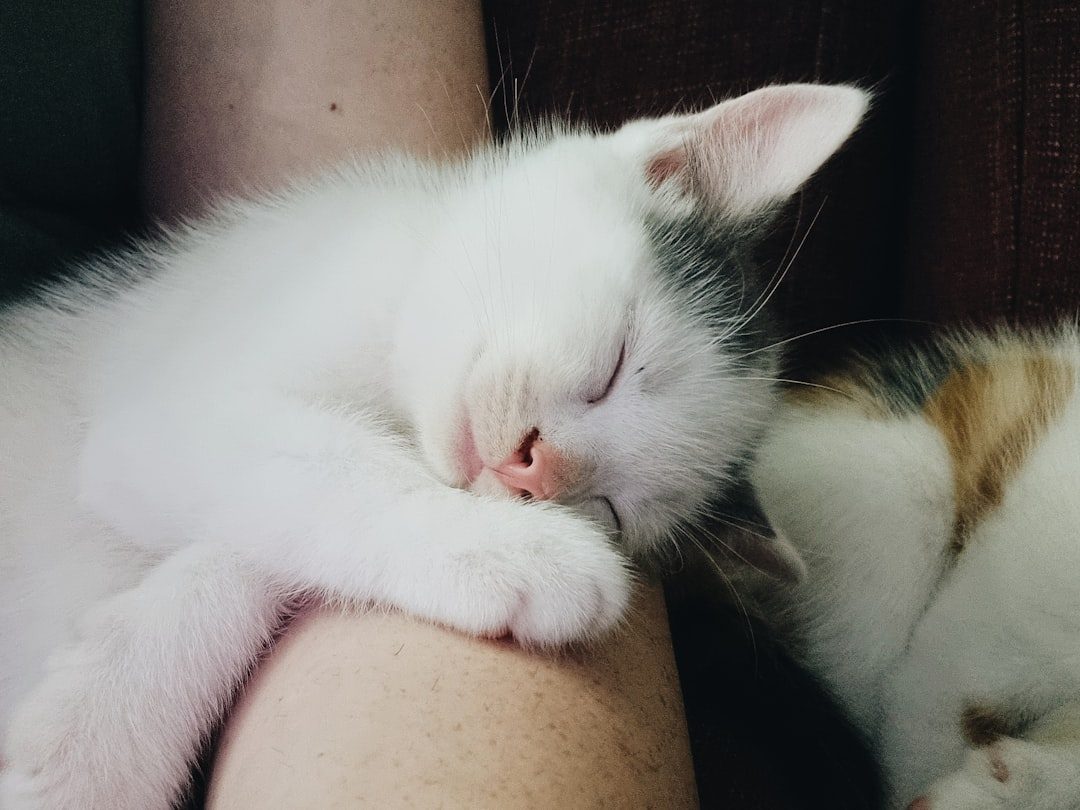
Cats feel most vulnerable when sleeping, as this natural state exposes them to potential threats, so they choose to sleep near you because they feel safer and can relax without worrying. Your lap provides the perfect elevated vantage point that makes them feel more secure. The elevated position of your lap, unless you’re sitting on the floor, gives cats one of their favorite positions for falling asleep.
When a cat chooses your lap to snooze on, it’s a huge compliment because it means they regard you as their safe space and enjoy your company. They’re essentially trusting you to keep watch while they’re at their most defenseless. Your familiar scent also helps them feel relaxed and protected in this vulnerable state.
Attention Seeking Becomes Impossible to Ignore
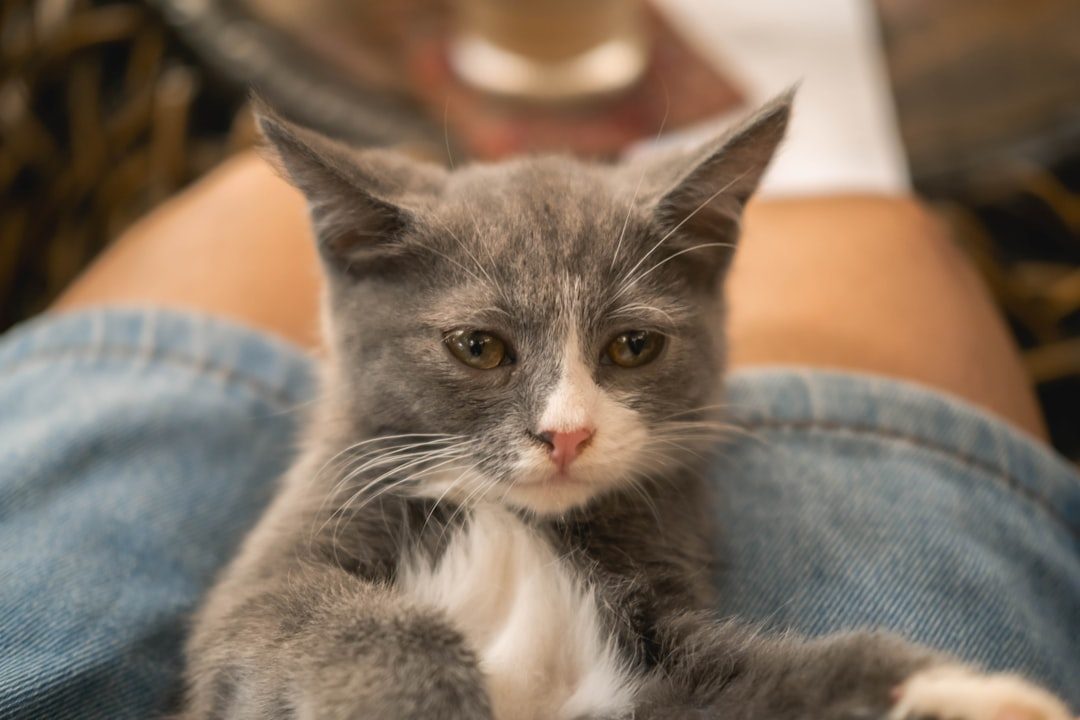
Despite their reputation for being aloof, most cats crave attention from their favorite people and get lonely when you’re not around, so they sit on your lap because it’s hard to ignore them when they’re right on top of you. Your cat has figured out the ultimate strategy for guaranteed attention. Cats sit on laps because it puts them in the perfect position to receive attention, and by adorably curling up, they expect you to pet them.
This behavior is particularly clever because once they’re settled, most humans feel obligated to stay put. Although it may have you planted on the sofa for longer than intended, which can be annoying if you have things to do, having a cat sit in your lap makes you feel like the special chosen one. They’ve essentially discovered the perfect way to hold you captive with cuteness.
Scent Bonding Strengthens Your Connection

Cats have a sense of smell about 14 times stronger than humans, and they take comfort in familiar scents, so spending time on your lap helps them latch onto your scent, making them feel safe and secure. Your lap becomes a scent library where they can gather information about you and your daily activities. Sitting on your lap allows cats to share and reinforce your group scent together, because after all, you’re family.
They may even be marking you as their territory with their scent glands while sitting on your lap. This scent exchange is a two-way street that deepens your bond. Each time they choose your lap, they’re actively participating in maintaining your shared family smell, which is incredibly important in the feline world.
Social Connection Mimics Kittenhood Comfort
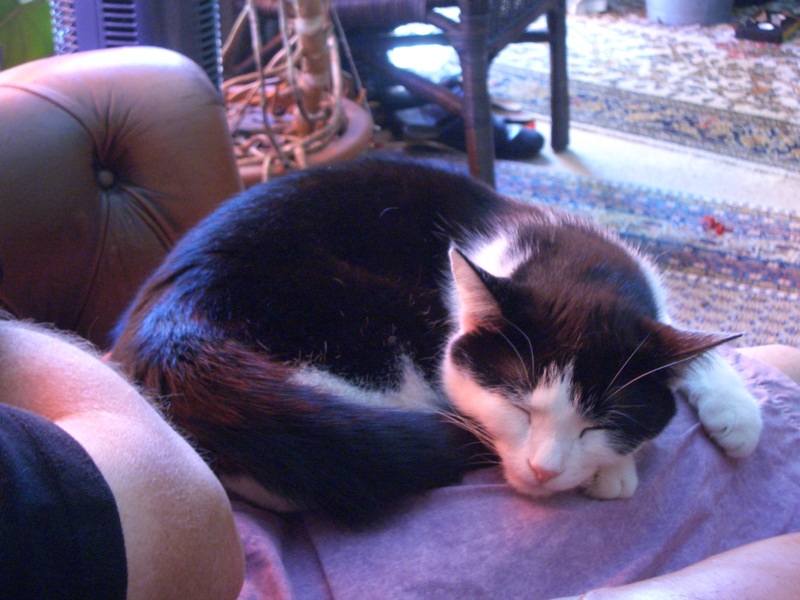
Cats who enjoy each other’s company practice “pillowing” or huddling close together, and when a kitty crawls into your lap, it’s including you in its social group. This behavior stems from their earliest experiences as vulnerable kittens. For the first three weeks of their lives, kittens can’t regulate their body temperature and are completely reliant on mom and their littermates to keep them warm.
Being petted and sleeping near you can remind them of kittenhood when they felt safe and nurtured by their mother. Your lap essentially becomes a substitute for that original pile of warm, purring siblings. The gentle rhythm of your breathing and heartbeat can be incredibly soothing, recreating those earliest feelings of comfort and safety.
Affection Expression Takes Many Forms
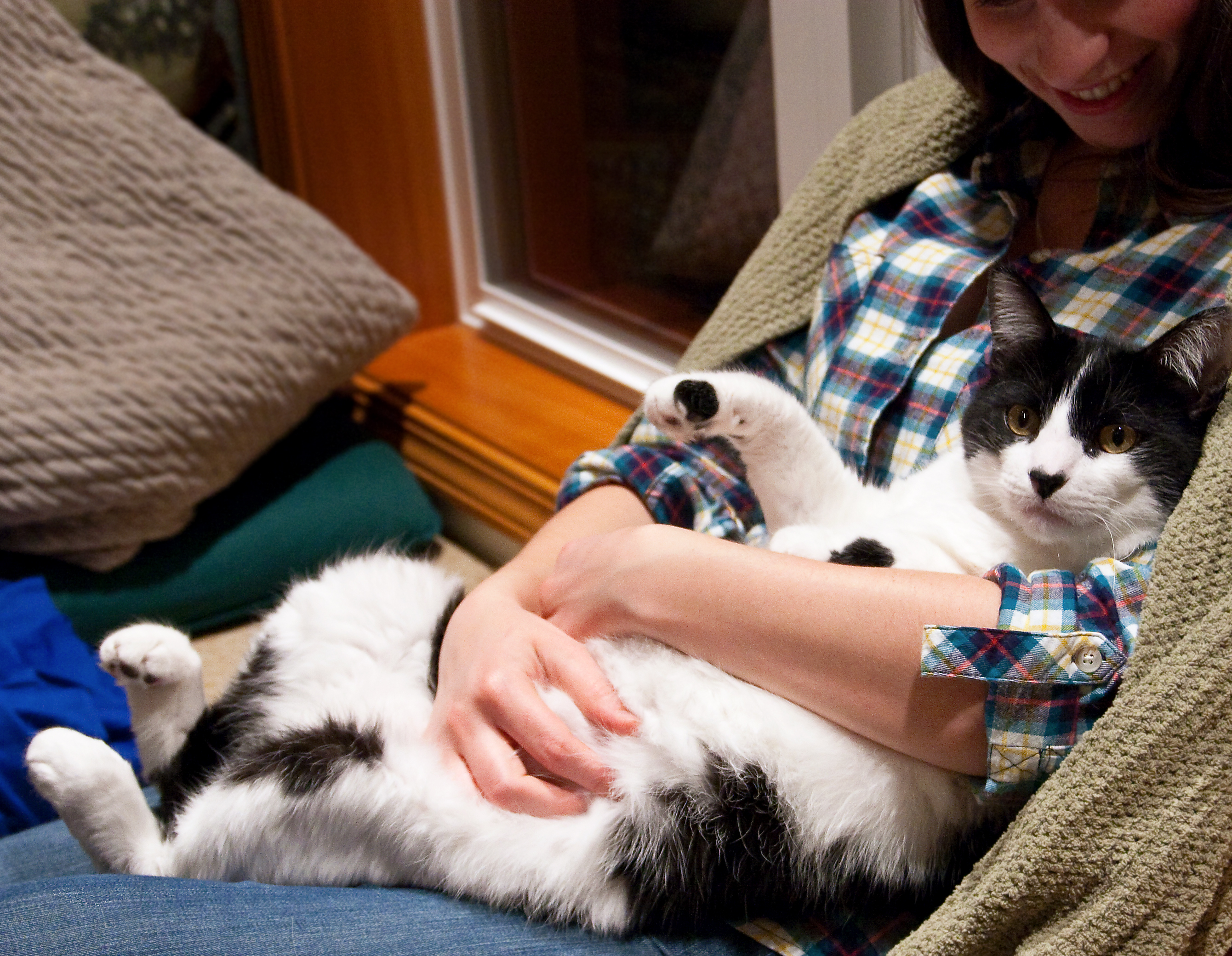
Cats like to sit on the laps of their favorite person because they want to stay close and spend quality time together, creating a great bonding experience. This is their way of saying “you’re my chosen human” without using words. Social interaction and affection motivate lap sitting, as it’s prime time for petting and strokes, representing cat behavior as a way of showing affection.
Research shows that sitting on laps meets both physical and emotional needs while strengthening the bond between cat and owner, as cats are social animals who enjoy the interaction and feel loved when they snuggle up. Honestly, when you think about it, choosing to spend their nap time with you instead of alone is one of the highest compliments a naturally independent creature can give.
Comfort Preferences Include Texture and Position
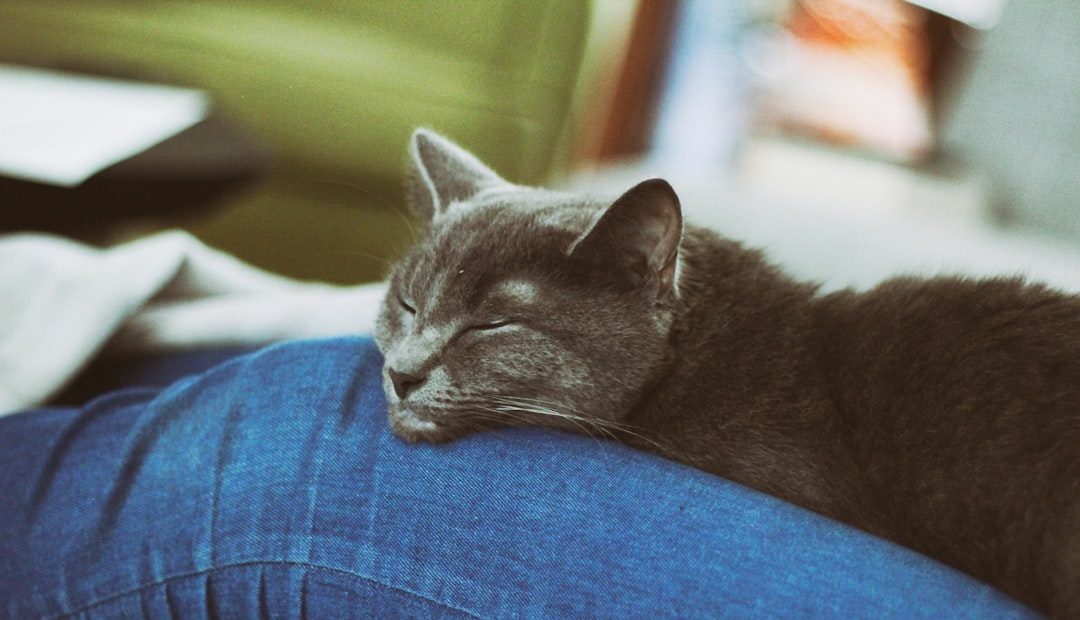
The texture of your clothing can be really appealing to cats, like choosing between a wooden armchair or a soft, plush pillow. The clothes you wear play a big part in how comfortable your cat feels when they sit on your lap, especially if you’re wearing fluffy blankets or comfy jogging bottoms that feel good to them too. Your cat is essentially a tiny critic of your fashion choices from a comfort perspective.
The way you position yourself also matters tremendously. Cats prefer stable, comfortable surfaces that won’t shift unexpectedly. You might be a bit lumpy and prone to moving far too much, but your lap can help cats feel protected. They’re looking for that perfect combination of softness, warmth, and reliability that makes for ideal napping conditions.
Routine and Familiarity Create Predictable Comfort

If there’s one thing you can say about cat behavior, it’s that cats sure do love routine. Once your cat establishes that your lap is a desirable location, it often becomes part of their daily schedule. If cats are choosing to sit with other people instead of you, it may simply be because they have a closer bond with them, perhaps because they’re the one that feeds them or plays with them more, or maybe they’re simply used to sitting with them.
Cats are creatures of habit who find comfort in predictable patterns. If you consistently provide a warm, safe lap experience, they’ll likely return to claim their spot at similar times each day. This routine behavior shows they’ve learned to associate you with positive experiences and trust that you’ll be available when they need comfort.
Territorial Marking Establishes Ownership

Cats want their own space, their own free access to food and water, their own dens and their own platforms and toys because they don’t like to share, though there are rare exceptions where cats raised together since cubs will tolerate each other. Your lap becomes part of their claimed territory through scent marking. Cats have an innate drive to claim and control their territory, which is vital for their security and independence, and by marking their territory through spraying, they communicate their presence to other felines.
When they sit on your lap, they’re essentially putting up an invisible “occupied” sign for other cats. This territorial behavior ensures they maintain access to their favorite warm, comfortable spot. It’s their way of saying “this human belongs to me” to any other cats who might be considering lap invasion.
Temperature Regulation Becomes Essential During Sleep
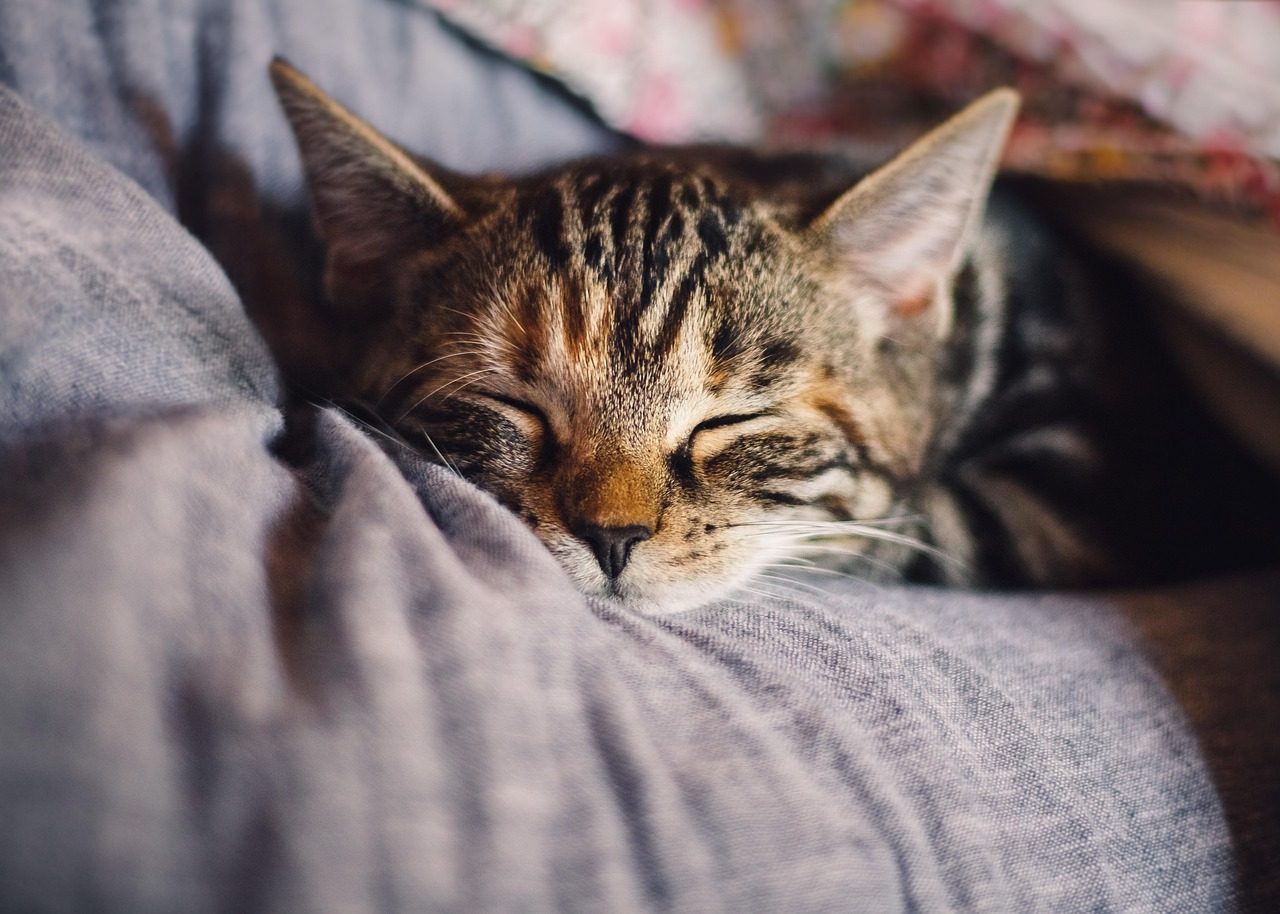
Hypothalamic temperature during sleep is lower by approximately 0.5 degrees C and is characterized by widely varying, slow-frequency oscillations, compared to the higher, more precisely controlled temperature when the animal is awake. Sleep preparatory behaviors often promote thermal efficiency, including warmth-seeking and adopting particular postures like curling up, as skin warmth induces NREM sleep and body cooling, which could serve to minimize energy expenditure or allow energy reallocation.
Your lap provides the perfect microclimate for this natural temperature regulation process. Cats tend to lower their activity levels in cold temperatures, conserving energy and maintaining body heat, often resulting in them sleeping more during cold spells. Essentially, your warm lap helps them achieve the ideal conditions for restorative sleep while minimizing energy expenditure.
Individual Personality Shapes Lap Preferences
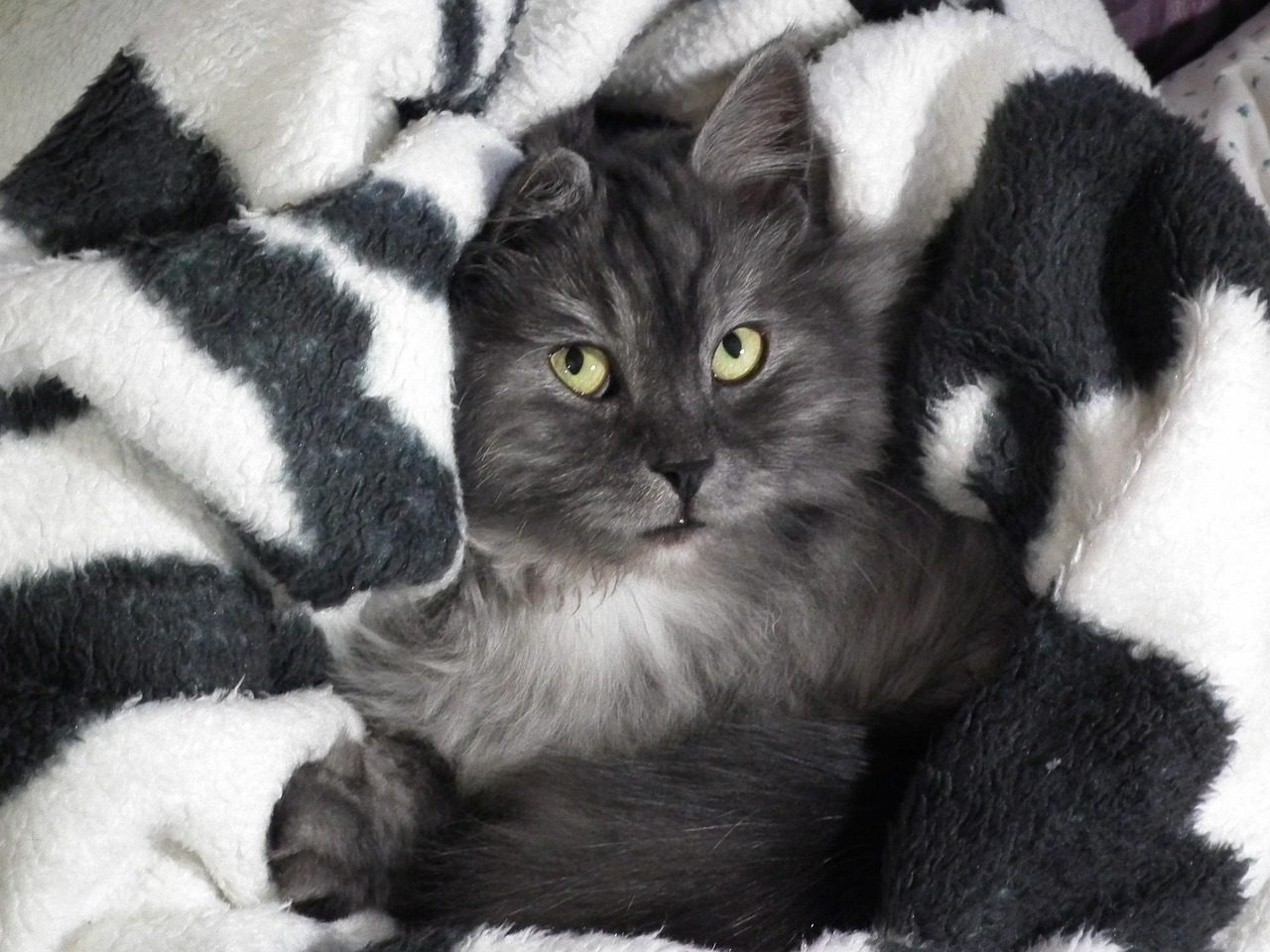
Sometimes the reason why your cat wants to be alone is precisely that – they want to be alone, and this is completely normal and nothing to worry about. Like people, cats enjoy a full spectrum of personality types, preferences, and behaviors, with some cats being more introverted and needing more “me” time in any given day. Not every cat is destined to be a lap enthusiast, and that’s perfectly acceptable.
Each cat is an individual with unique preferences, especially when it comes to bonding with humans, and while some enjoy petting and following their owners everywhere, others are content sitting next to you with little or no physical interaction. Some cats show love through proximity rather than direct contact. Your cat might prefer to sit near you rather than on you, which is still a meaningful expression of affection.
Health Issues May Drive Solitude Seeking
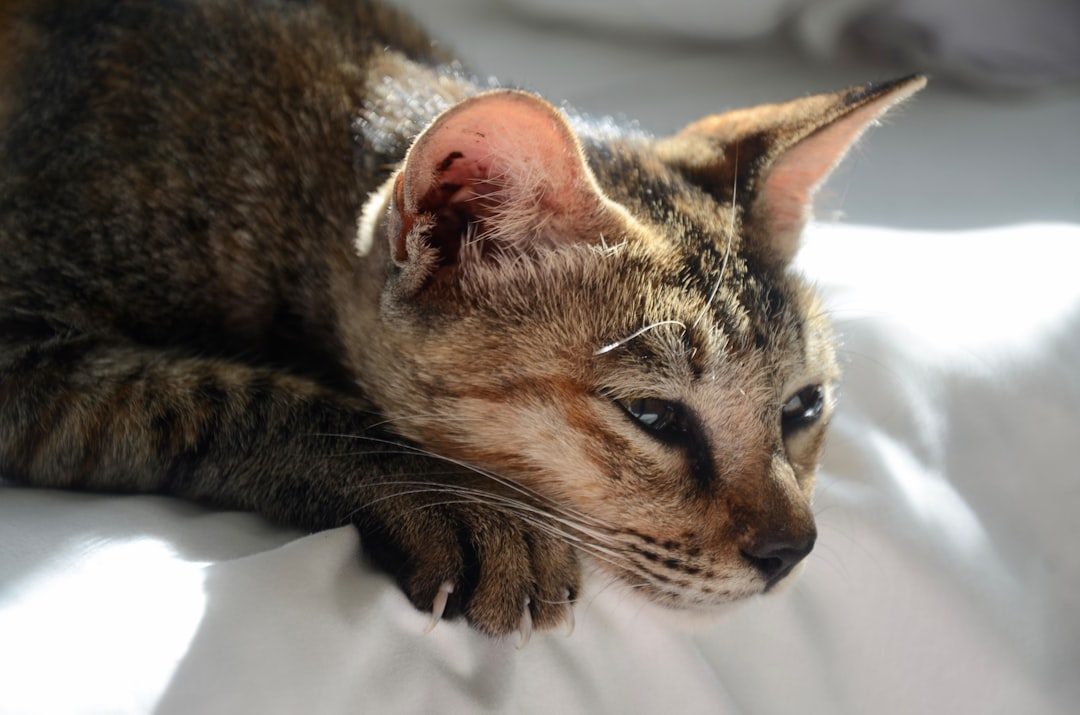
When cats aren’t feeling their best, some prefer to be alone and deal with what’s going on, as illness is the most common cause of cats isolating themselves and should never be misinterpreted as an emotional or mood change. You should always be slightly concerned if you notice any sudden changes in your cat’s behavior, as that could indicate something is wrong with their health and well-being, so if they suddenly started to hide and spend a lot of time alone, you should take them to the vet.
If your cat isn’t typically a fan of sitting on your lap and suddenly seems more clingy than usual, it might simply be that the weather has gotten colder, though it’s good to be vigilant for other behavioral changes as cats can become more clingy when they’re sick to feel more secure while vulnerable. Changes in lap-sitting behavior can be an early indicator that something’s not quite right with their health.
Stress and Environmental Changes Trigger Withdrawal
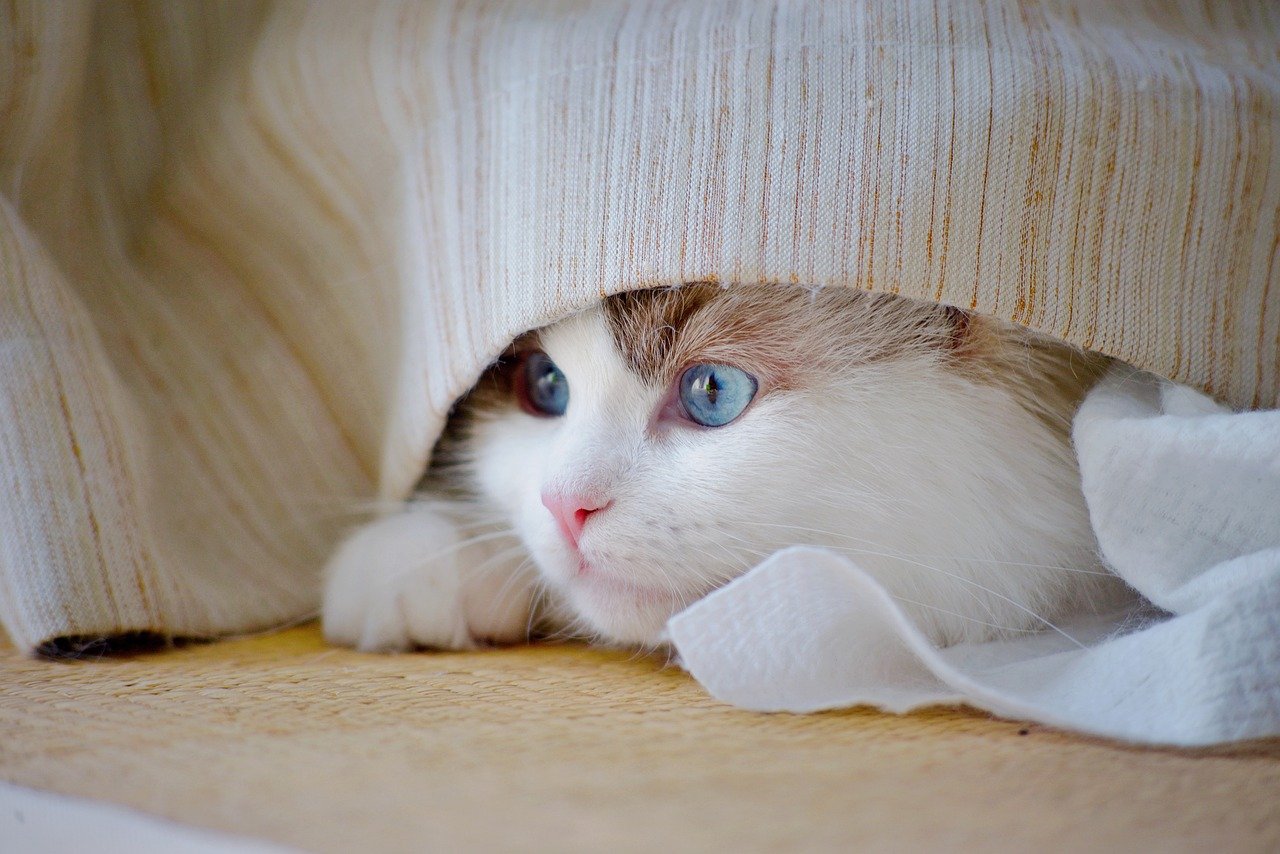
Cats are known for liking the status quo, and even the most affectionate cat may isolate if something changes and they’re having a hard time dealing with it. If you’ve recently moved, added a new pet to the home, rearranged furniture, or brought new people over, expect to see your cat react, though this is common and usually ends as quickly as it started.
Cats aren’t the jolliest animals out there and have their moments of happiness and excitement, but the rest of the time they might seem like they’re not in the mood and prefer to be by themselves, so if you notice your cat feeling particularly grumpy and choosing to be alone, try to determine the cause. Environmental stressors can temporarily override their desire for lap time until they feel secure again.
Life Stage Influences Independence Needs
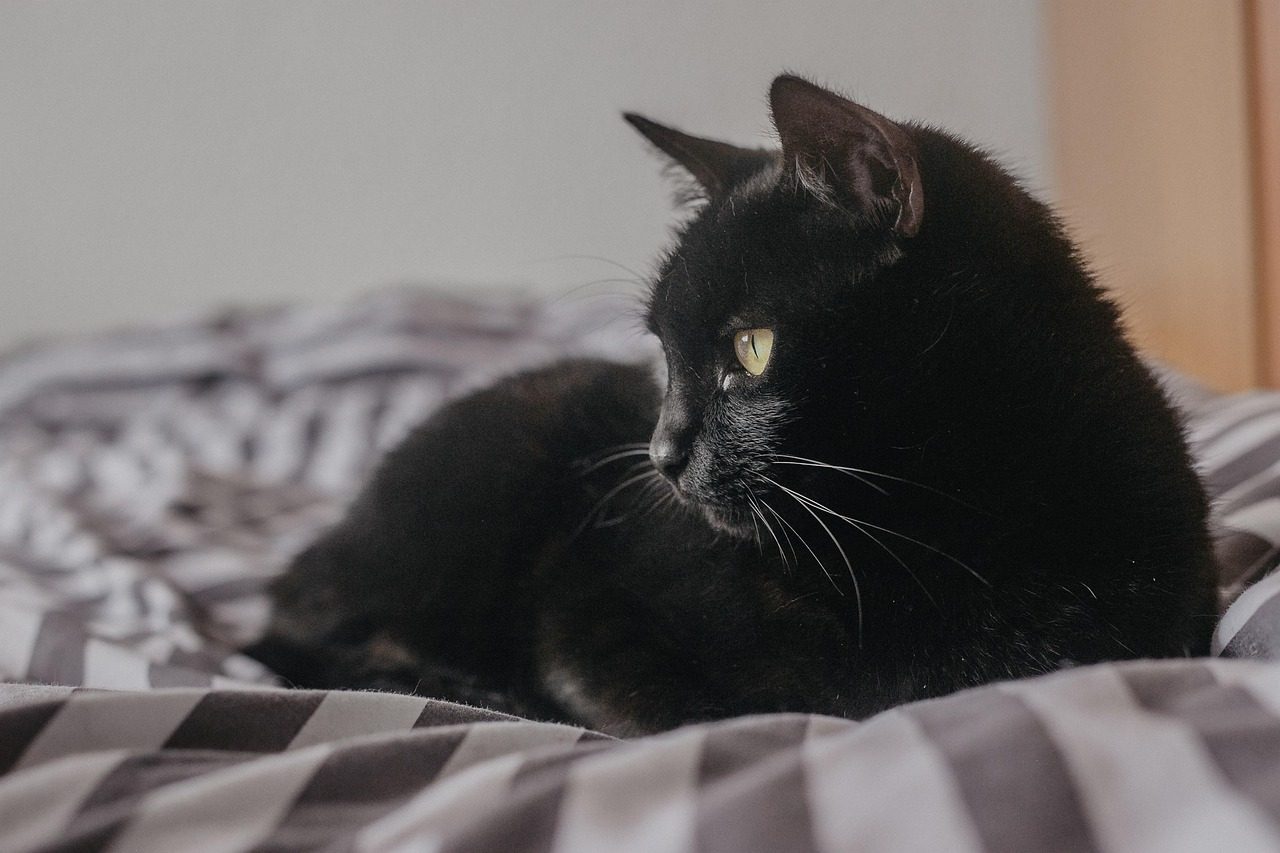
There are certain times in a cat’s life when they go through changes, just like growing humans, as a kitten may want to be with you all the time, during their “teenage” years they may pull away, and senior cats are more likely to spend time on their own because they require more peace and quiet to get the rest they need. Age plays a significant role in determining how much solitude your cat craves.
Kittens and senior cats are more vulnerable to temperature extremes, as kittens haven’t fully developed their thermoregulation abilities while older cats may have compromised health or circulation. Older cats might find your lap too stimulating when they need deep, restorative sleep. They’re essentially conserving their energy for the activities that matter most to them.
Territory Defense Against Other Cats

Many felines don’t like to be surprised by another cat, so if your friend came to visit and brought her own cat, your cat is probably hiding because she doesn’t approve of this visit and may see her as an enemy. Because cats are so territorial, your fur baby may shy away from sitting on your lap if you live in a multi-cat household, as you smell like a rival and your cat might avoid your lap to steer clear of potential conflicts.
Your cat can also isolate herself if she’s able to sense a neighboring cat, even if the cat doesn’t have to enter your home but can just be near it, causing your cat to sense her and decide to hide. This territorial behavior is deeply ingrained and can override their desire for lap comfort when they perceive competition for resources or attention.
Natural Solitary Instincts Assert Independence
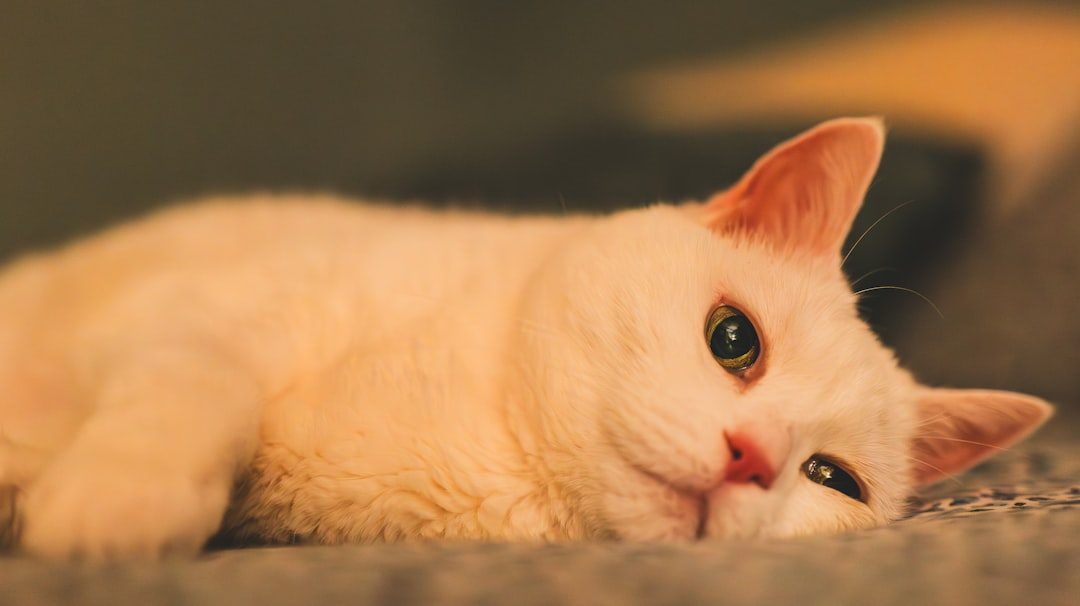
As semi-social creatures, cats also love moments of solitude when they can sleep, relax, recharge, or study their environment, and forcing interactions when your cat wants time alone can hinder your bonding efforts, while giving your pet their own space makes them feel more secure. Cats demonstrate their independence through various behaviors that can sometimes be misinterpreted as aloofness, as they often prefer to control their own schedule, choosing when to seek attention and when to spend time alone, which is a natural expression of their evolutionary programming.
When cats retreat to their chosen spots, it’s not a sign of detachment but rather a moment to recharge, and providing your cat with the freedom to enjoy solitude fosters a harmonious household dynamic and enables you to support their independent spirit while strengthening your bond. Think of these moments as your cat practicing self-care rather than rejecting your company.
Conclusion: Embracing Both Connection and Independence
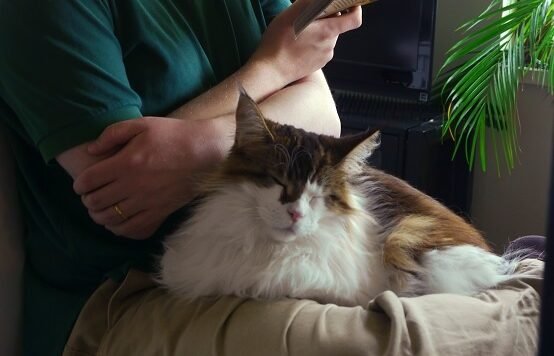
Your cat’s lap choices reveal a complex interplay of biology, psychology, and individual personality that makes each feline relationship unique. Whether they’re seeking your warmth, security, or simply claiming you as their favorite human, these moments of connection are precious gifts from naturally independent creatures.
Understanding when your cat needs solitude helps you respect their boundaries and actually strengthens your bond. Remember to keep quiet spaces as no-human zones and respect moments when your pet wants solitude, as this makes social interactions special and more pleasurable while helping your cat develop positive associations with your presence. The beauty lies in appreciating both the snuggly lap sessions and the independent moments that make cats such fascinating companions.
What’s your experience with your feline friend’s lap preferences? Do they follow these patterns or surprise you with their unique personality? Share your stories in the comments below.





